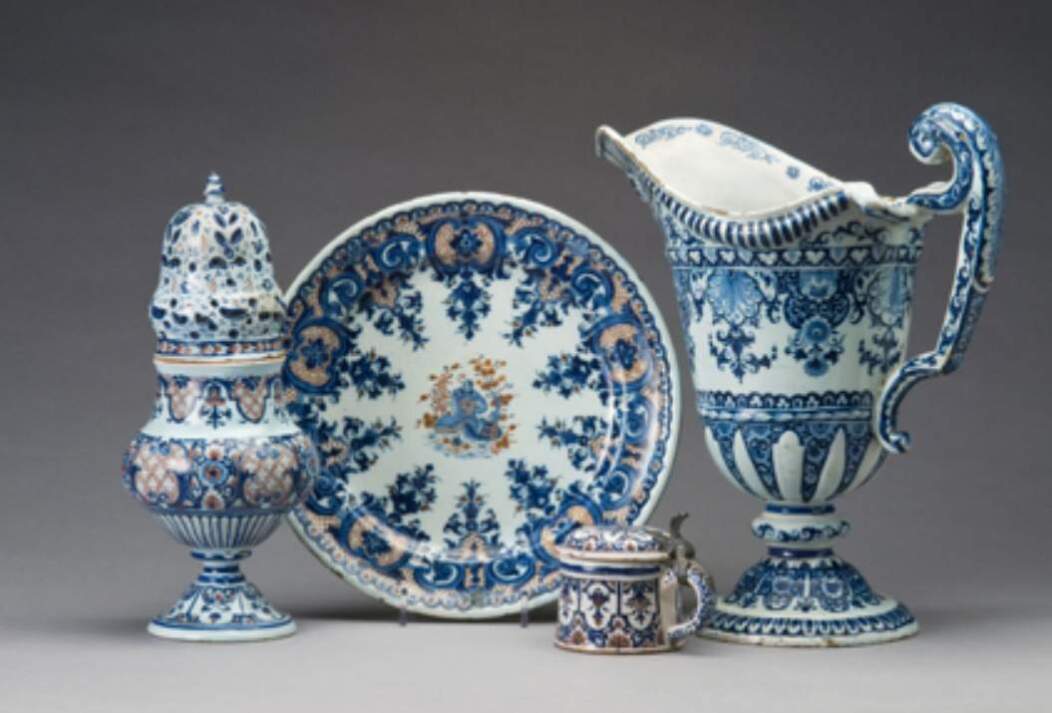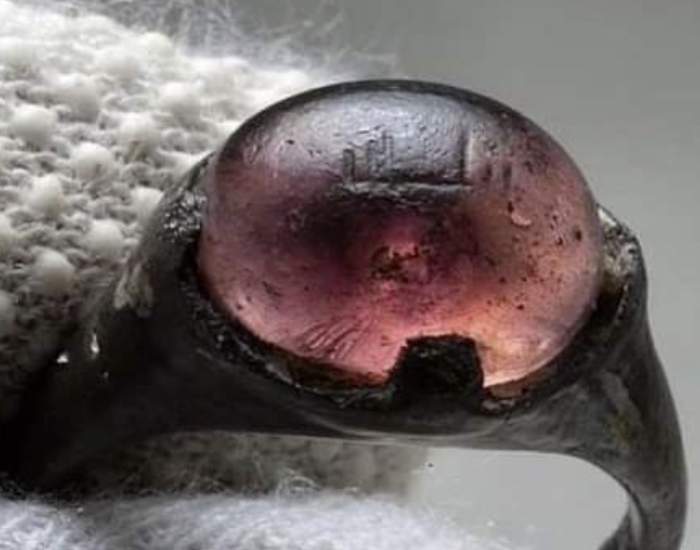Native American Trade – Europeans, as well as Native Americans, regularly exchanged European-made products in exchange for furs. Both groups typically traded to form and establish defensive and offensive alliances. In general trade between the Native American trade, the network consisted of exchanges of European-produced objects like metal weapons and utensils, cloths or clothing and trinkets, for furs that were trapped or dressed up in the hands of Native Americans, as well as food items and deerskins, and even native slaves.
Though it was associated with specific economic significance to American Indians, this trade also had the elements of diplomacy and spirituality that required the trading partners to join forces in battle. The European powerhouses of colonialism like England, France, the Netherlands, Spain, and Sweden struggled for control of North America and continually attempted to influence the indigenous culture to further their imperial objectives within North America.
The involvement of European powers in the indigenous trade and alliance systems as well as European attempts to alter them frequently increased the degree of war between the native inhabitants of North America. Furthermore, the modern weapons that were introduced by Europeans including knives, hatchets, as well as the musket, made indigenous warfare riskier.
The character of Native American trade varied according to the area. In the northern English colonies of French Canada, the Great Lakes, and the Ohio Valley, the trade was based around the trading of beaver furs in exchange for European products.
In the beginning, it was there was a monopoly of Hurons of Canada and the strong Iroquois Confederation in present-day New York had the power to control trading between the tribes of the interior that resided in the North. At the end of the 17th century, the Five Nations ruled the region.
Five Nations had defeated the other tribes in that region, in the course of bloody conflicts called The Beaver Wars. From that point onward they were the Five (later Six) Nations were the sole traders until the conclusion of the French and Indian War in 1763.
On the European side, there was a conflict between the French were first in the competition with the Dutch for north Native American trade. This was the case until the English took over from the Dutch at the end of the 2nd period of the 17th century. Though a majority of northern indigenous peoples eventually joined forces and traded with the French the English were the dominant force because of their association and ties with their ally, the Iroquois Confederation (Five Nations).
Within the Southeast, English and French traders competed against each other, and also the well-established Spanish mission system was in place for Native American trade in the late 17th and 18th centuries. In the area, American Indians traded war captives (or Native American slaves) and deerskins with the English predominantly to purchase guns and ammunition.
The French, as well as the Spanish, were not part of the slave trade; however, they did accept deerskins as different trade goods. The inability of the French to supply sufficient quantities of muskets for their native allies as well as the unwillingness of the Spanish to supply firearms to their natives who were mistreated caused the devastation of these groups by armed slave-raiders.
The trading of native slaves resulted in an explosive increase in conflict between natives throughout the region. The increasing prevalence of diseases caused by European immigrants into North America, combined with the introduction of the native slave trade caused a calamity to the Mississippian chiefdoms that ruled in the area prior to Europeans. This resulted in a dramatic reorientation of the indigenous peoples during the 18th and 17th centuries. This led to the creation of the historic Catawba, Cherokee, Chickasaw, Choctaw, Creek, and Miccosukee Seminole societies.
All across North America, the Native American trade eventually led American Indians into a relationship that was dependent upon Europeans. The dependence eventually led to the loss of indigenous sovereignty when the colonial period ended.
In addition, the growing consumption of alcohol in the form of a commercial product by Europeans accelerated the process of dependency as well as the disintegration of indigenous societies during the late 18th century. In the end, Europeans used native trade to establish control over American Indians. The British more than other Europeans specifically, manipulated trade to put the indigenous people into debt to obtain large tracts of land in the colonial era.
Related Reading – William Shirley – Influential Governor of Massachusetts and Bahamas






